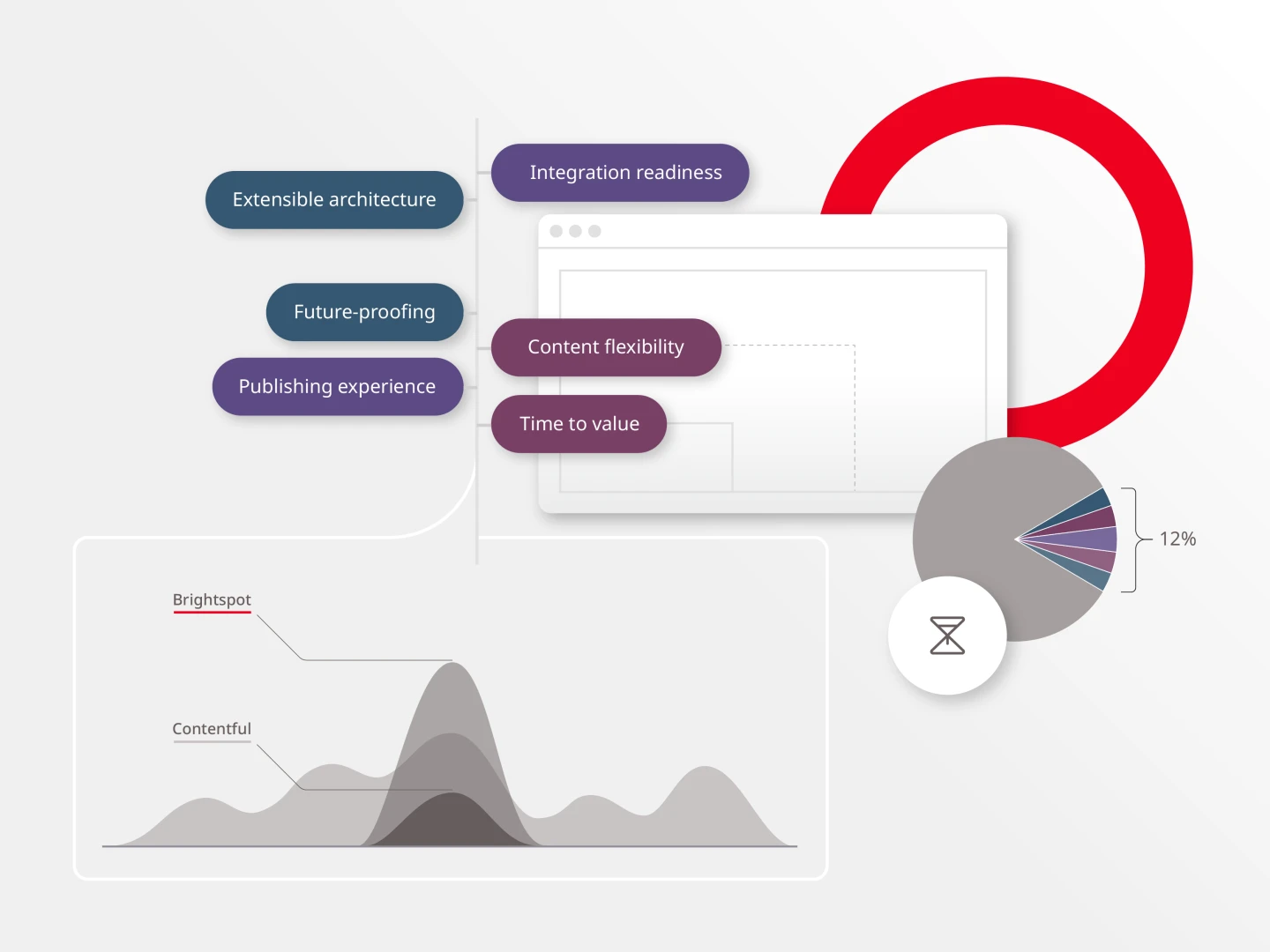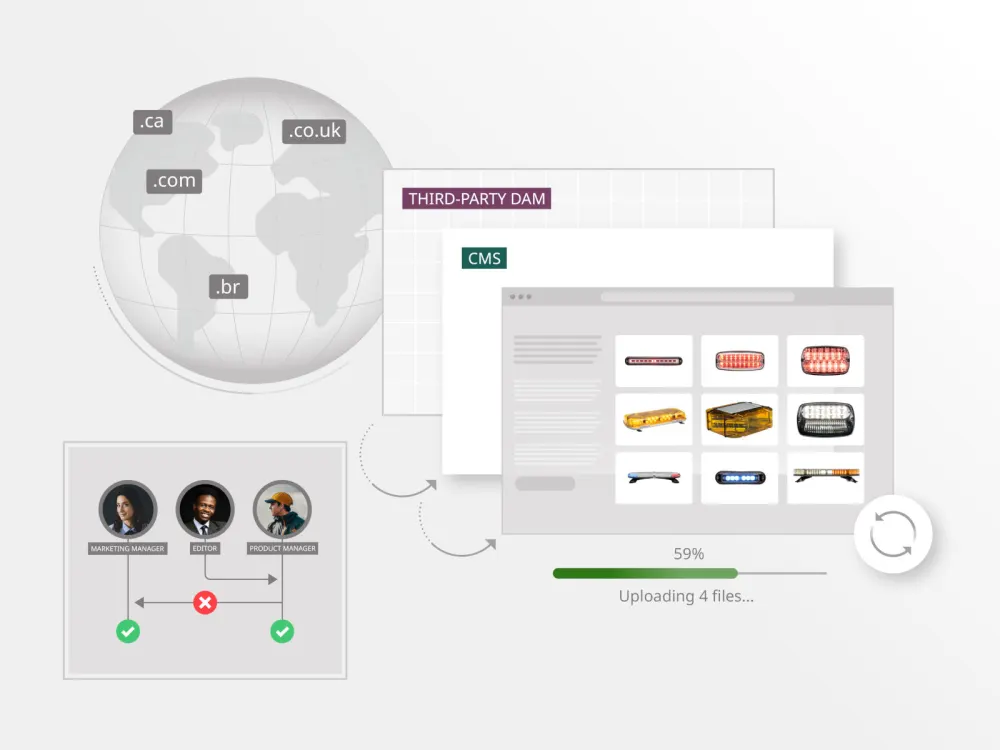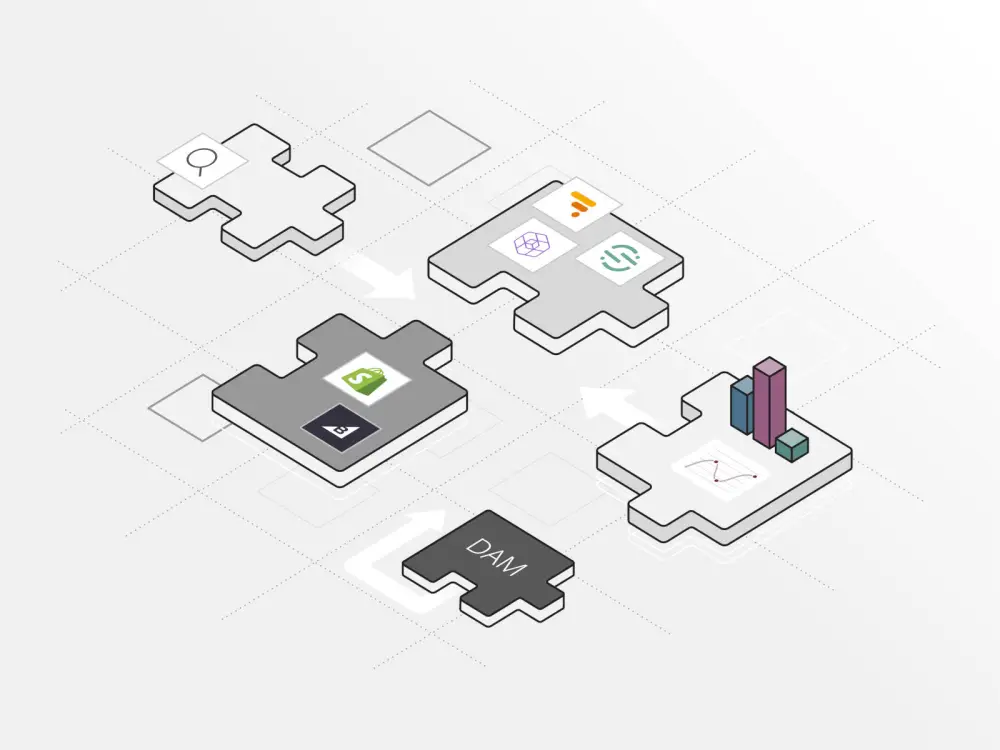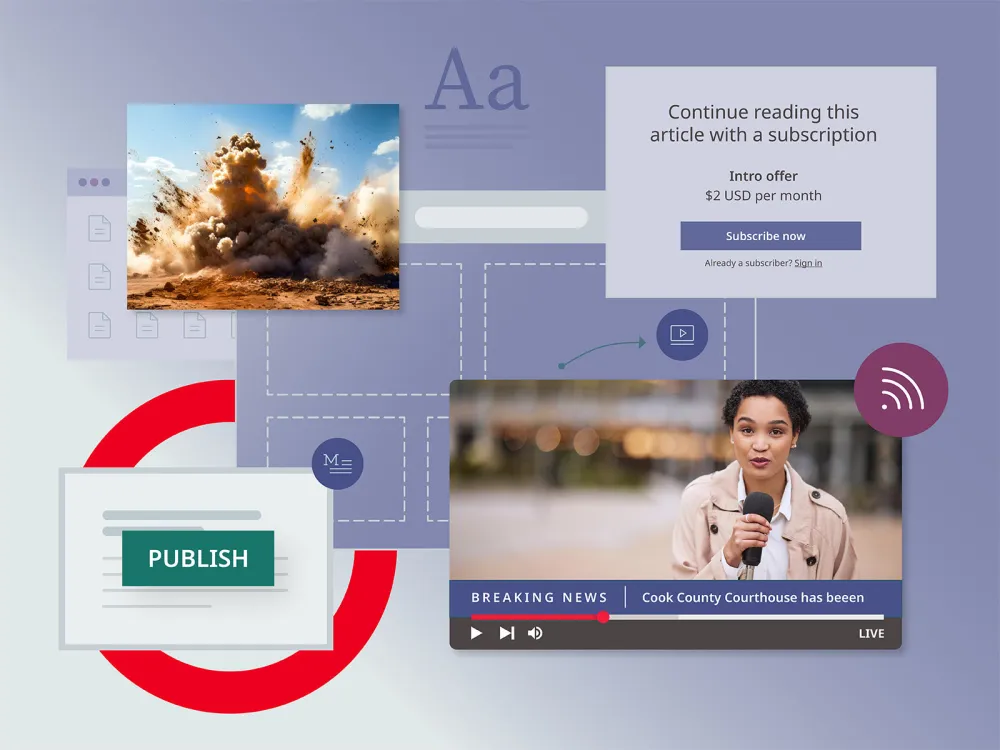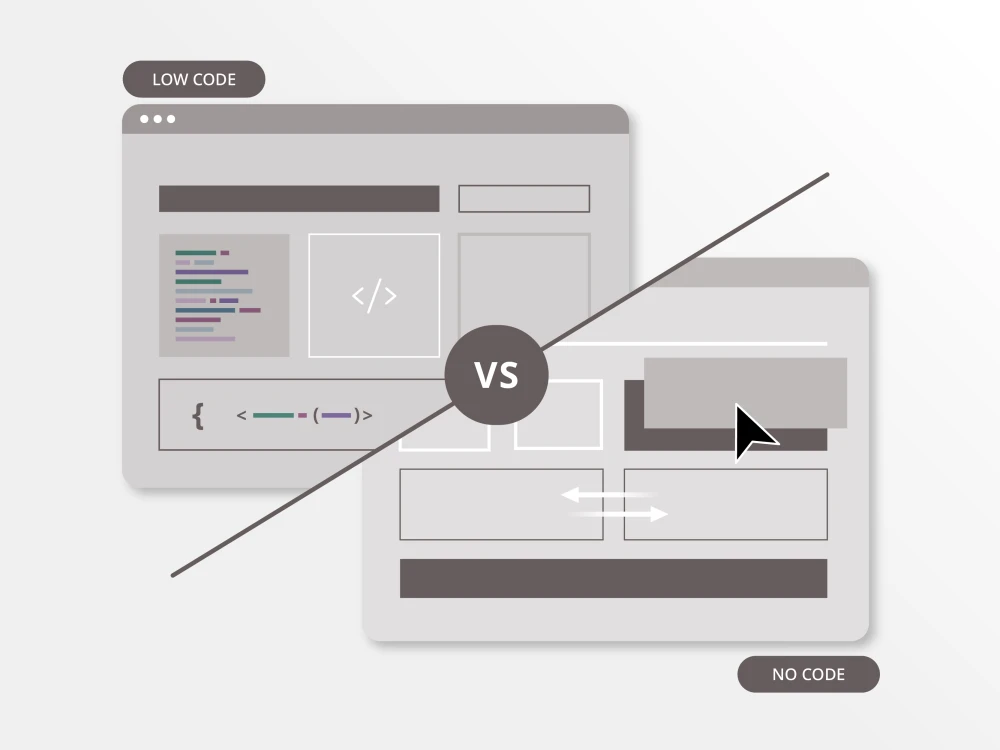Brightspot vs. Contentful: Publishing experience
With Brightspot, content teams gain immediate access to a battle-tested, enterprise-grade CMS that’s been built by publishers and developers for a richly functional and intuitive experience tailored to how you work.
This extends to a robust set of out-of-the-box authoring and editorial tools including a dynamic rich-text editor, built-in preview, collaborative tools and more.
Brightspot’s flexible workflows increase publishing efficiencies by integrating into your existing workflows, while providing support for any number of different user and team roles for easy customization and personalization. Or build your own workflows to be as granular and customized as needed to meet your specific publishing criteria and needs.
Brightspot vs. Contentful: Publishing experience
The benefits of Brightspot versus Contentful extend to the content creation experience.
While Contentful supports a maximum of 50 content types within the CMS, all of which must be modeled and created by your technical teams upfront, Brightspot’s flexible architecture provides hundreds of pre-configured content types to start from, and the ability to create an unlimited number of your own in a simple, editorial interface as your business needs change and dictate.
In comparison, Contentful’s developer-centric experience provides a number of APIs and SDKs allowing developers to get started creating quickly—but very little can be done by publishers or editors without considerable upfront development and integration.
The two biggest differences from when I started in this industry in the 1990s are that it used to be primarily content orientated businesses that were going through rapid digital transformation. So, companies such as newspapers, magazines and organizations for whom creating content was central to their mission. Now, it is truly every business. Whether creating content has historically been part of their business or not, they have had to become content businesses. The second difference is the speed and pace at which transforming into a digital content business now needs to happen.
Brightspot vs. Contentful: Extensible architecture
The Contentful platform, an API-only content management system, is built to enable development teams to create their own preferred experiences. In an API-only environment, all functionality must first be modeled, created, and then integrated into your sites/apps by your development team.
Brightspot allows your organization to implement an API-first approach, including supporting for a headless approach, so new channels can be added on infinitely. But headless is not the end of the story: go headless with one implementation, publish decoupled for another scenario, or do both. Brightspot supports both choices without limiting you through your initial implementation journey.
An API-first implementation has all the benefits of an API-only one, ensuring that you always have the option to develop a custom front end, but it takes it a step further by delivering a set of starter content types, styles and configurations right off the shelf. The outcome for your business? Deploy and iterate quickly with an engaging experience for your audiences with Brightspot as your starting point, but from there you get to customize the experience as much and as deeply as you need, using a combination of no-code, low-code and professional software project options.
This is where the Brightspot differs considerably from Contentful and most other CMS solutions on the market today.
Whether you’re looking to start creating with Brightspot’s in-built theme engine and pre-configured content types or build out from scratch with a headless CMS, Brightspot is built to get you to launch and beyond at astonishing speed.
Brightspot vs. Contentful: Integration readiness
For companies looking to get started quickly, Brightspot comes with use case-specific plugins, content types and starter content to ensure your implementation hits the ground running with astonishing speed.
Brightspot includes prebuilt third-party integrations designed to suit specific use cases across media, corporate communications, marketing and e-commerce. And unlike platforms like Contentful, each integration is delivered pre-built and ready-to-use, requiring zero custom dev. Securely connect your most important third-party data and services with the click-and-go simplicity of an API key.
Whether it’s your preferred advertising platform, marketing tech, or email service provider, businesses can get started faster without needing to wait on complicated and time-consuming dev integrations to be completed first. Other in-CMS integrations with leading third-party image and media sources like Getty Images or YouTube mean you can easily find, create and publish world-class content in just a few clicks with zero content-switching between your original source content and supporting media assets.
Brightspot vs. Contentful: Speed to market
Speed-to-market matters and is made possible with Brightspot’s segment-specific starter content, pre-built content types and pre-configured third-party integrations to give you a head start with an enterprise-grade CMS solution from day one.
Deliver exceptional digital experiences from the start with powerful no-code options including layouts, templates, colors, fonts, styles and design options that reflect your style, your content goals—and your budget. From there, the low-code customization options are nearly limitless even before bringing in development resources to get deep into the CSS and JavaScript layers.
For technical teams, the savings come not only with reduced overhead with support and maintenance, but also in the time it takes to learn new languages and proprietary APIs. Connect a different front-end head to your CMS via a standardized, open source GraphQL API and query language plus manage data modeling and transformations directly within the CMS.
Fixing bugs in your CRUD [create, read, update and delete ] layer and your CMS UI layer is not impacting your business or your bottom line. It is just maintenance. If you work with Brightspot, you do not have to deal with those things.
Brightspot vs. Contentful: Future-proofing
Brightspot is designed to empower businesses to launch compelling digital experiences in a matter of weeks, if not days. With its out-of-the-box templates, content types and integrations, combined with an intuitive and easy-to-learn publishing interface, Brightspot will rapidly accelerate your time-to-market compared to similar offerings like Contentful.
But, should you ever decide that you need more than front-end flexibility, that you really need to customize the back-end of your CMS experience, create custom third-party integrations, or that you need the help of a dedicated managed services team to create the unique experiences your organization requires—whether that’s three days or three years into your project—Brightspot can support your business priorities.
When and if the time is right, Brightspot customers can easily upgrade to an Enterprise license and take advantage of limitless back-end customizations and the white-glove service and expertise provided through our world-class delivery team. Contentful does not offer back end customizations, custom integrations or managed services support, leaving your organization with a difficult re-platforming decision should you need those options in the future.

